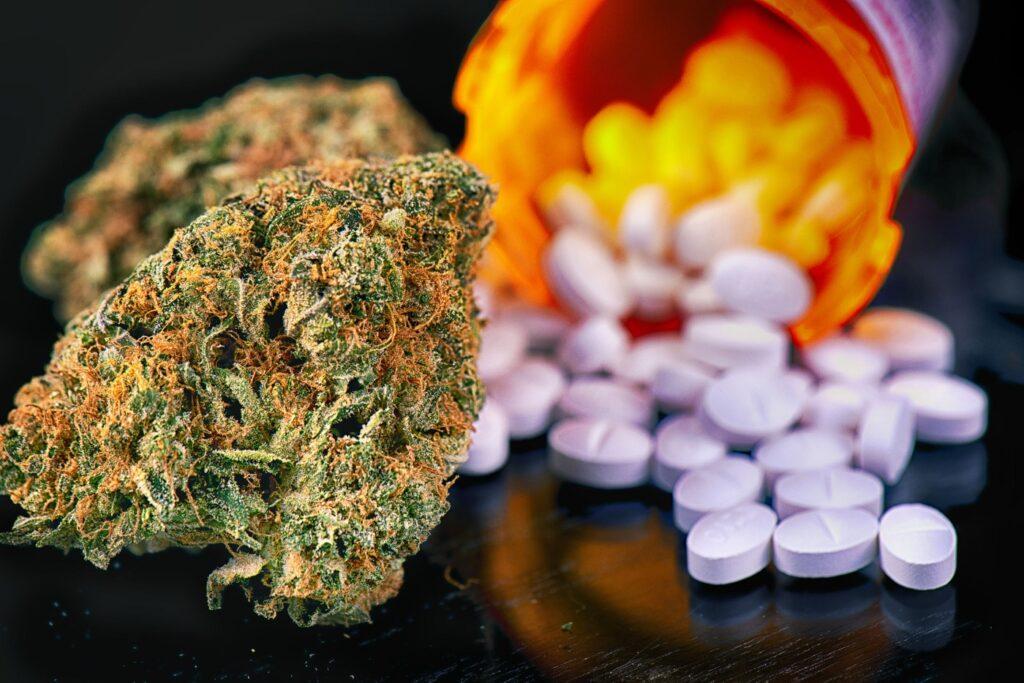Combination medical marijuana and opioid therapy “showed statistically significant pain relief and may have the potential for reducing opioid dose and mitigating opioid toxicity”, states a new study.

The study is being published in the American Journal of Hospice and Palliative Medicine, with the abstract published online ahead of print by the US National Library of Medicine. The research was conducted by researchers at Yale School of Medicine, Connecticut Hospice, The John D. Thompson Hospice Institute for Education, Yale-New Haven Hospital and Yale School of Public Health.
“Opioid therapy is critical for pain relief for most hospice patients but may be limited by adverse side effects”, states the study’s abstract. “Combining medical cannabis with opioids may help mitigate adverse effects while maintaining effective pain relief.”
This single-arm study “investigated the impact of combined medical cannabis/opioid therapy on pain relief, opioid dose, appetite, respiratory function, well-being, nausea, and adverse events in hospice inpatients.”
For the study adult hospice inpatients using scheduled oral, parenteral, or transdermal opioids for pain were administered standardized oral medical cannabis, 40 mg CBD/1.5 mg THC or 80 mg CBD/3 mg THC. Descriptive statistics detailed demographic and clinical baseline characteristics, the Mann-Whitney test compared outcomes, and the longitudinal mixed effects regression model analyzed longitudinal effects of combined therapy.
“The medical cannabis/opioid combination showed a significant longitudinal reduction in pain intensity (P = .0029) and a non-significant trend toward lower opioid doses”, found the study. “Well-being, appetite, nausea, and respiratory function showed non-statistically significant changes. Three patients (4.5%) experienced minor, reversible adverse events potentially related to medical cannabis. No serious or life-threatening adverse events were seen.
The study concludes:
Combination medical cannabis/opioid therapy showed statistically significant pain relief and may have the potential for reducing opioid dose and mitigating opioid toxicity, offering a safe pain management alternative to opioids alone for patients in end-of-life care settings, and warrants further investigation in larger controlled trials.







